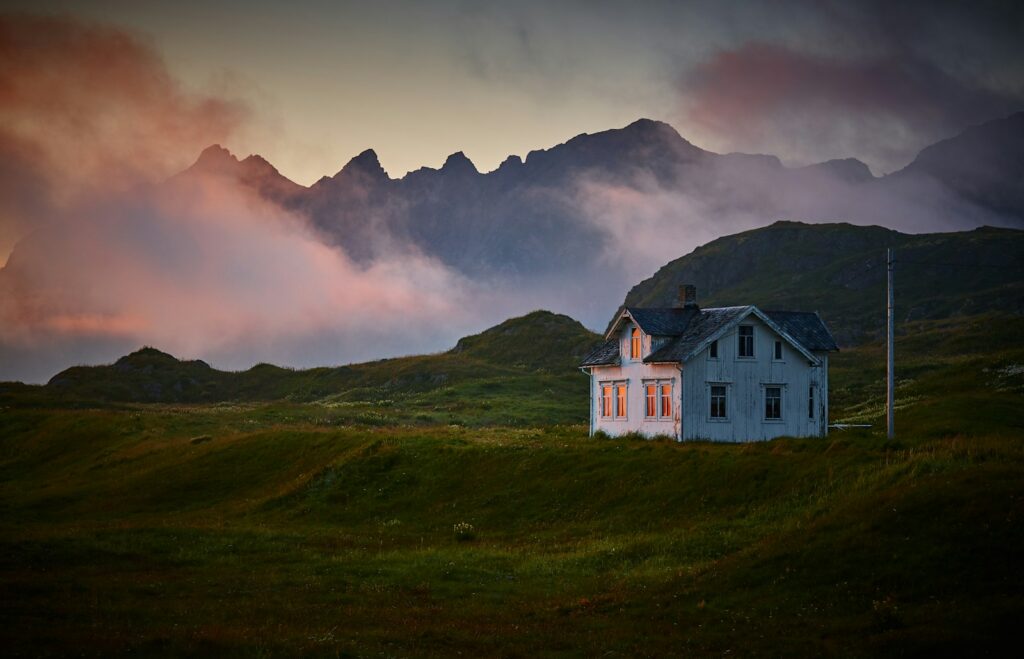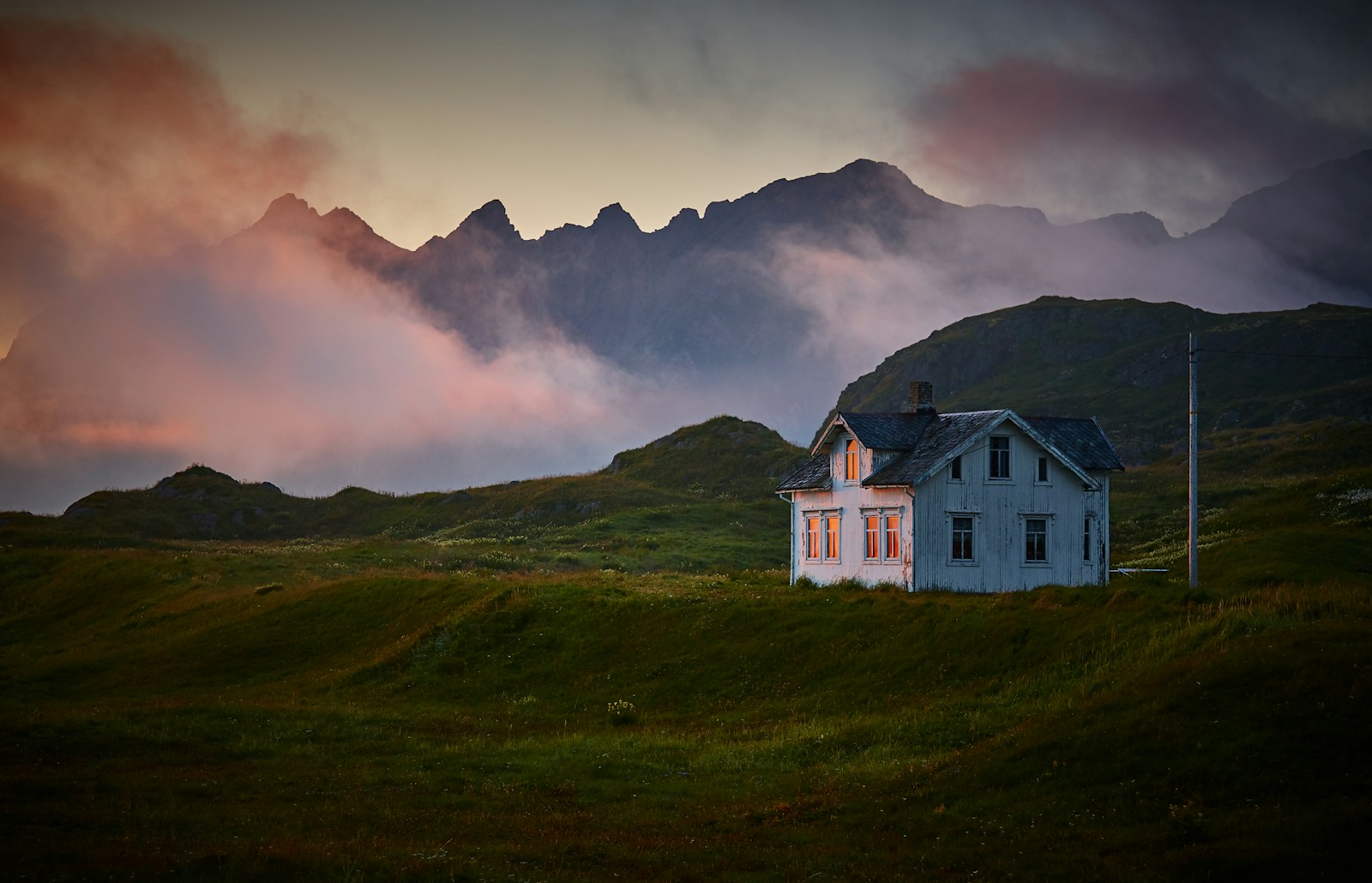
How to Find Unique Airbnb Homes in Remote Areas: Your Guide to Unforgettable Escapes
Okay, let’s be honest—how many times have you been scrolling through Airbnb, looking at cute little cottages and cozy cabins, and thought, “Wow, I’d love to stay here, but it’s probably just a picture-perfect place that’s not nearly as cute in real life?” I get it, friends. But as a 38-year-old mom of four (yes, I said four!), who works in a big corporation and has little time to actually relax, I’m here to tell you: remote and unique Airbnb homes are a thing. And they’re even better than you can imagine. It’s just a matter of knowing how to find them, especially when you’re craving a break from the crowds, the noise, and the chaos.
Let’s face it, we all deserve a getaway from our busy lives—whether it’s a family escape or a solo retreat to recharge our batteries. The beauty of booking a unique Airbnb in a remote area is that you get the space, peace, and peace of mind that many regular hotel stays just can’t offer.
So, buckle up, fellow travelers! I’m about to share my tips and tricks for how to find these hidden gems and Airbnb homes in the most remote and picturesque places around the world.
1. Use the Search Filters Like a Pro
First things first: The best way to find hidden gems is to know how to search for them! Airbnb’s search engine is pretty powerful if you know how to use it to your advantage.
How to filter for unique Airbnb homes in remote areas:
- Location: If you know the country or region you want to explore, type it in and zoom in on the map. Remote areas are often found outside big cities or popular tourist spots.
- Property Type: Don’t just settle for regular houses or apartments. Try filtering by properties like “Cabins,” “Cottages,” or “Domes” (yes, those exist!). These types of homes tend to be more unique and offer that remote, peaceful vibe you’re looking for.
- Price Range: Remote areas tend to have more affordable stays. Adjust the price slider and you’ll find that some of the coolest properties are surprisingly within reach—especially if you’re willing to splurge a bit for a once-in-a-lifetime experience.
- Amenities: Want a hot tub with mountain views or a cozy fireplace? Use the filters to find properties with special features like hot tubs, saunas, or a fire pit. These little luxuries can really enhance the “remote escape” experience.
Pro Tip: If you’re really aiming for a secluded escape, check the “Superhost” filter. Superhosts often have more experience and access to unique, hard-to-find listings.
2. Use Google Maps for Remote Areas
Here’s where the real magic happens, and it’s my secret weapon for discovering hidden gems. Start by using Google Maps (yes, the same one you use to get directions) to find remote locations that you wouldn’t normally come across in the usual Airbnb search results.
Steps to find unique locations via Google Maps:
- Open Google Maps, zoom in on the area you’re interested in, and look for places that seem off the beaten path. Trust me, there’s a good chance you’ll discover a tiny town or village that Airbnb doesn’t highlight much in the search results.
- Once you’ve found a potential area, type it into the Airbnb search bar and see what pops up. You’d be surprised how many Airbnb gems can be found just by looking a little further off the main roads.
Pro Tip: Remote places often have limited cell service, so be sure to double-check the address and make sure your Airbnb host gives clear directions—especially if you’re relying on Google Maps to get there.
3. Check Out Airbnb’s “Off the Beaten Path” and “Unique Stays” Categories
Airbnb has a nifty little section called “Unique Stays,” and it’s exactly what it sounds like. This category is perfect for finding homes that stand out from the typical “rental house” options. You’ll find everything from treehouses and yurts to converted barns and remote homes in the wilderness.
Some gems I’ve found in these sections include:
- Tiny Houses: They’re adorable, functional, and have all the cozy feels.
- Luxury Tents: Stay in a glamorous tent in the middle of nowhere, surrounded by nature. (I mean, who doesn’t love glamping?)
- Treehouses: Why not relive your childhood dreams in a treehouse? Most of these are in beautiful, quiet spots that feel like a true escape.
- Converted Old Structures: Think old churches, factories, or mills that have been transformed into stylish homes.
Pro Tip: When you find a property you love in the “Unique Stays” section, take a look at the host’s profile and past reviews. Many of these places are a bit more off-the-beaten-path, so you’ll want to make sure the host has a solid track record of making your stay a smooth and enjoyable one.
4. Look for Remote Areas Using Local Travel Blogs
Sometimes, it’s not just about what Airbnb offers—it’s about what local experts are saying. Local travel bloggers often share hidden gems in their areas that are off the radar for most tourists. You can find great Airbnb options simply by following travel blogs or social media accounts that focus on small-town living, rural escapes, or “slow travel.”
How to find these blogs:
- Search for Regional Travel Blogs: Google phrases like “best hidden gems in [region]” or “local stays in [area]” to find bloggers who know the remote spots.
- Pinterest: Pinterest is a treasure trove of travel recommendations, including Airbnb stays. Look up keywords like “remote Airbnb escapes” or “hidden Airbnb gems.”
- Instagram Hashtags: Hashtags like #remoteairbnb, #offthebeatenpath, or #uniquestays can lead you to the most adorable, secluded properties.
Pro Tip: If you find a blog or social media account you like, subscribe or follow for more travel inspiration. These local bloggers usually have the inside scoop on properties you won’t find elsewhere.
5. Check Airbnb for “Hidden” Properties in Lesser-Known Destinations
When you think about it, the whole point of a remote Airbnb stay is to find somewhere off the grid—and not listed on every major travel website. Try searching for towns, regions, or even entire countries that aren’t as well-known to tourists.
Here are a few lesser-known places where you might find some amazing remote properties:
- Lofoten Islands, Norway: Stunning scenery, unique cabins, and a whole lot of quiet.
- Faroe Islands, Denmark: Think rugged cliffs and remote landscapes that seem like they belong in a movie.
- Alentejo, Portugal: This region is known for its rolling hills, olive groves, and, you guessed it—remoteness.
- Patagonia, Argentina: If you’re looking for adventure, Patagonia has remote stays that’ll make you feel like you’re on top of the world.
Pro Tip: If you really want to get off the grid, look for Airbnb properties that don’t show up in the usual search results by typing in small towns and obscure areas. You’ll be surprised by what you find!
6. Look for Remote Stays with Unique Reviews
One of the best ways to find remote Airbnb gems is to pay attention to the reviews. If a guest writes about a once-in-a-lifetime experience, a quirky property, or a stunning location that’s “totally off the beaten path,” you’ll know it’s worth checking out.
- Look for Keywords in Reviews: People will often mention how remote, secluded, or peaceful a property is. This can be your clue that a listing is hidden in a remote area.
- Be on the Hunt for “Hidden Gems” Mentions: Travelers love talking about hidden gems, and if multiple reviews mention the phrase, it’s a sign you’ve found something truly special.
7. Consider Booking During Off-Peak Seasons
Let’s face it: everyone wants to travel during the peak seasons. But, let’s be real, those crowded places aren’t exactly what we’re after when we’re looking for remote retreats. By booking in off-peak months (think fall or early spring), you’ll be able to find hidden gems that aren’t overwhelmed by tourists.
Pro Tip: When booking off-season, check the weather and accessibility—some remote locations might be harder to reach in the winter months due to snow or other weather conditions.
8. Use Other Platforms for Remote Properties
While Airbnb is great, don’t forget about other booking platforms like VRBO, Glamping Hub, or even niche sites like Hipcamp (for camping and glamping). These platforms sometimes list remote properties that might not appear on Airbnb at all.
Pro Tip: Look for “glamping” sites or eco-friendly cabins on alternative booking platforms for a more unique, nature-centric experience.
Conclusion: Your Perfect Remote Airbnb Escape Awaits
Finding unique Airbnb homes in remote areas is all about digging a little deeper, searching in unexpected places, and knowing the right filters to use. Whether you’re looking for a treehouse in the woods or a cozy cabin on a remote beach, Europe, the U.S., and beyond are full of hidden gems waiting to be discovered.
So, fellow wanderlusters, get ready to venture out into the unknown and experience the ultimate escape from the chaos. Your next Airbnb adventure is just a search away!
